NOTE: Every six months or so, I like to check to see what are the most popular reviews on this site, and I’m always surprised by how many of the most-read reviews are for classics, rather than for more recent books. This year is different, however. Numbers 4, 5, 6, 7, 8, and 10 are new to this list.
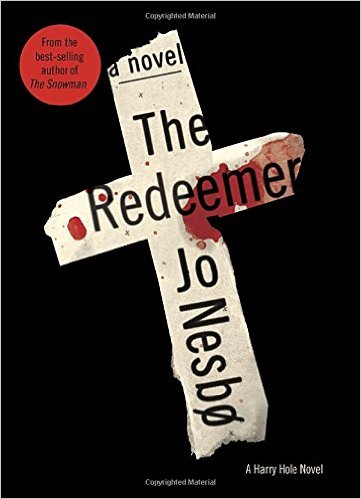
- Jo Nesbo, The Redeemer, originally posted Feb. 8, 2011, has been #1 on this list for five years, with approximately double the number of hits as any other review. Nesbo is a Norwegian author and musician. The persistence of this review as #1 comes always as a surprise, as it is not my favorite Nesbo novel, and I don’t understand why it is so popular. (My favorite novel in the Harry Hole series is The Redbreast.
- Anthony Doerr, All the Light We Cannot See, review originally posted on Dec. 11, 2014. This was also #2 last year. Winner of the Pulitzer Prize for Fiction in 2014, it is set in the final days of World War II in St. Malo, France.
- J. M. G. LeClezio, The Prospector, review originally posted on Jan. 19, 2012. This book was #7 last year. It is an adventure
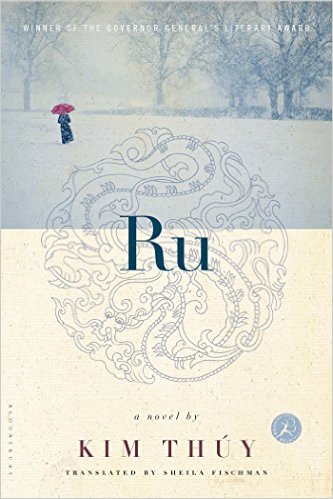 story and coming-of-age story, a treasure hunt, and an exploration of culture, set in Mauritius. LeClezio, a French author, was winner of the Nobel Prize for Literature in 2008.
story and coming-of-age story, a treasure hunt, and an exploration of culture, set in Mauritius. LeClezio, a French author, was winner of the Nobel Prize for Literature in 2008.
- Kim Thuy, author of Ru, is a Vietnamese-born Canadian author, and a NEW author on this list. Originally posted on Nov. 19, 2012, the review of this novel reveals the story of a family of Vietnamese “boat people,” much like herself, telling of their travels from Saigon to a refugee camp, and eventually Canada, alternating moments of great poignancy and sadness with lovely and loving stories that reveal character and a sense of adventure.
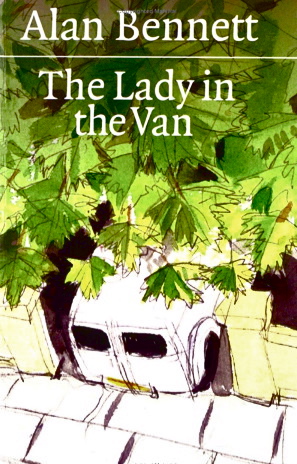
- Alan Bennett, The Lady in the Van, NEW to the list this year. Review posted on July 21, 2015. The novel reflects the kindness of British author/playwright Bennett toward a homeless woman who lives in a dilapidated van without water or plumbing. She quickly takes over the author’s driveway “temporarily,” and stays for fifteen years.
- Jo Nesbo, Midnight Sun. Review posted originally on Feb. 28, 2016. NEW to the list. The second of a new style for Nesbo, this novel is more compressed (fewer than three hundred pages), and far more introspective than his longer thrillers. With a more limited scope, the reader comes to know the main character more fully than in his longer, more action-driven novels. I like this new style better than the older, more violent style.
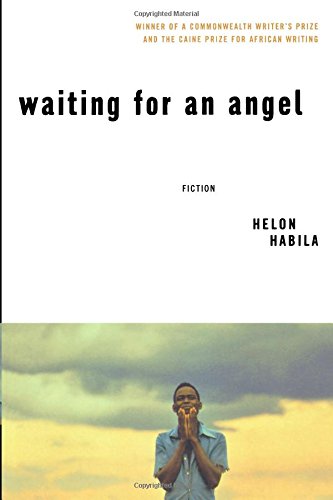
- Anthony Marra, The Tsar of Love and Techno. Review posted originally on November 3, 2015. NEW to the list. A collection of interrelated short stories and repeating characters, the book is set in Russia during the period that begins after the death of Lenin and progresses through the regimes of Stalin, Krushchev, Brezhnev, and Gorbachev, up to the fall of Communism in 1990.
- Helon Habila, Waiting for an Angel. This book was published in 2003 and reviewed here on July 12, 2011. NEW to the list. Set in Nigeria in the 1990s, when the country was a police state with sadistic violence and human rights abuses. The main character, Lomba, is a journalist who has been in jail for two years without a trial. Gradually, the reader comes to know him and his hopes and dreams. Habila’s novel is a powerful defense of the freedom of the press and a celebration of the lives of those courageous writers who have refused to be silenced.
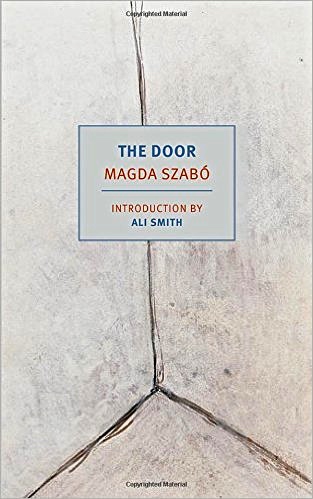
- Edmund De Waal, The Hare With Amber Eyes. Originally posted on July 30, 2012. #5 on the list last year. Non-fiction story of the author’s family heritage for the past three generations, from the end of the 19th century in Russia to the present, as they go from unimaginable wealth, with which they helped support the greatest of the French impressionists, to the loss of all their paintings and possessions in Austria during World War II. All that has remained is a collection of small Japanese ivory netsukes, saved by the author’s great uncle. Inspiring story.
- Magda Szabo, The Door. Review posted on January 19, 2016. NEW to the list. Originally written in 1995, this book has recently been translated into English and published by New York Review Books. Written by one of Hungary’s most celebrated authors, the novel lays bare Szabo’s values and her soul in this rich and intensely intimate examination of the relationship between a character named Magdushka, a writer whose point of view controls this novel, and Emerence, her housekeeper-servant.
Two of these ten reviews were posted five years ago – in 2011 – Jo Nesbo’s The Redeemer and Helon Habila’s Waiting for an Angel. Nesbo’s book has been on my list of Most Popular Reviews each year since 2011. Habila’s book has taken a longer route and is new to the list this year, despite the time that has elapsed since the book was first published in 2003 and its review here in 2011.
Books that were on this list last year but which have now been replaced by NEW books this year are:
The Lost Books of the Odyssey by Zachary Taylor, #3 on the list last year. A modern retelling of the Odyssey, the review contains a link to a map of Odysseus’s journey, popular, perhaps with students.
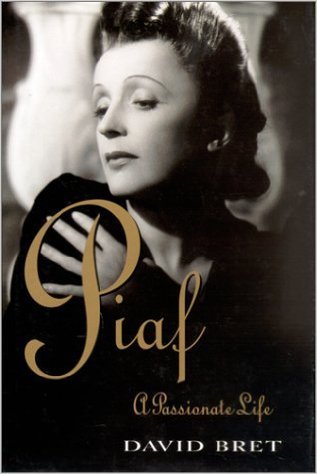
The Hero of Currie Road by Alan Paton, #4 last year. This book is a complete collection of Paton’s short stories, published by Random House South Africa, and is not readily available in the US. Still, it has been on the “Most Popular” list for several years, until now.
The Artificial Silk Girl by Irmgard Keun, #6 last year. Originally published in Germany in 1932 and then banned, this book was newly discovered in the 1970s and translated into English last year.
Piaf: A Passionate Life by David Bret, #8 last year. Outstanding biography of the Little Sparrow.
Kartography by Kamila Shamsie, set in Pakistan, #9 last year.
The Art of Hearing Heartbeats by Jan Philipp Sendker, #10 last year. Set in Burma/Myanmar.
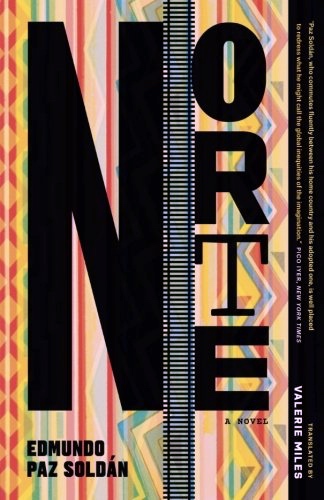 In this dramatic and provocative novel, Edmundo Paz Soldan, a Bolivian writer now teaching at Cornell University, displays his enormous gifts for both narrative and character development while also examining serious themes and social and psychological problems. Creating three characters from three different time periods, all of whom are native to Mexico or South America and all of whom are in the US for various reasons and for various periods in time, Paz Soldan explores their lives and creates comparisons and contrasts before making connections among them. Wasting no time in starting the action, he boldly introduces Jesus, a young man from Northern Mexico in 1984, depicting him in Part One as a boy/man who responds instantly – impulsively – to situations as they arise in his life. Jesus has little recognition of the usual unwritten rules of civilized society. Hanging out with petty drug users and prostitutes, Jesus quickly demonstrates for the reader that in matters of sex, he does not hesitate to be violent if a woman tries to thwart him. Within the first ten pages, Jesus commits a murder and heads across the border into the US, having agreed to work for a group of criminals who bring stolen American cars across the border into Mexico, where they are sold.
In this dramatic and provocative novel, Edmundo Paz Soldan, a Bolivian writer now teaching at Cornell University, displays his enormous gifts for both narrative and character development while also examining serious themes and social and psychological problems. Creating three characters from three different time periods, all of whom are native to Mexico or South America and all of whom are in the US for various reasons and for various periods in time, Paz Soldan explores their lives and creates comparisons and contrasts before making connections among them. Wasting no time in starting the action, he boldly introduces Jesus, a young man from Northern Mexico in 1984, depicting him in Part One as a boy/man who responds instantly – impulsively – to situations as they arise in his life. Jesus has little recognition of the usual unwritten rules of civilized society. Hanging out with petty drug users and prostitutes, Jesus quickly demonstrates for the reader that in matters of sex, he does not hesitate to be violent if a woman tries to thwart him. Within the first ten pages, Jesus commits a murder and heads across the border into the US, having agreed to work for a group of criminals who bring stolen American cars across the border into Mexico, where they are sold.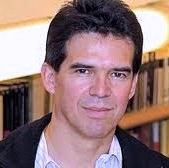

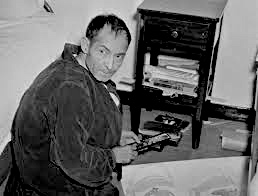
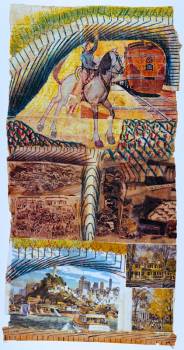
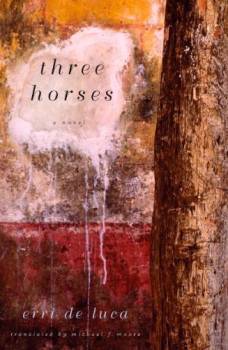 Within a swirling time frame and several settings which change suddenly through unexpected flashbacks, Italian author Erri De Luca creates a character whose life breathes with subdued passion and the tragedy of sudden terror. Now fifty, the unnamed speaker is working as a gardener/landscaper on a large estate in Italy owned by Mimmo, a filmmaker, someone the speaker knew when they were youths in Turin and with whom he shares a family background in Calabria in the toe of Italy. Leading a solitary life, the speaker is surprised one evening when an attractive younger woman flirts with him while she is eating lunch with another man at a tavern, then, on her way out, drops her card on the table where he is reading. After she’s gone, he plans what he might say if he were to see her again. He has had little social contact with other people in recent years, using his gardening skills and his connection with nature for his satisfaction – “caring more about it than about people.”
Within a swirling time frame and several settings which change suddenly through unexpected flashbacks, Italian author Erri De Luca creates a character whose life breathes with subdued passion and the tragedy of sudden terror. Now fifty, the unnamed speaker is working as a gardener/landscaper on a large estate in Italy owned by Mimmo, a filmmaker, someone the speaker knew when they were youths in Turin and with whom he shares a family background in Calabria in the toe of Italy. Leading a solitary life, the speaker is surprised one evening when an attractive younger woman flirts with him while she is eating lunch with another man at a tavern, then, on her way out, drops her card on the table where he is reading. After she’s gone, he plans what he might say if he were to see her again. He has had little social contact with other people in recent years, using his gardening skills and his connection with nature for his satisfaction – “caring more about it than about people.”









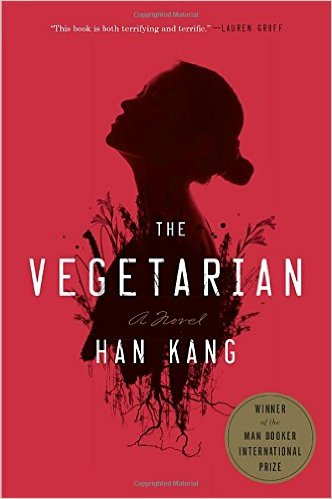 Powerful, dramatic, and psychologically unsettling, author Han Kang’s prizewinning novel delves into the inner lives, the secret goals, the hidden fears, and the mysterious dreams, of three members of one Korean family. These family members – a young woman who has decided to become a vegetarian; her successful, married sister; and her sister’s artist husband – each become the intense focus of their own section of the novel, allowing the reader to share that person’s thoughts and motivations from the inside. At the same time, the characters appear and reappear in each other’s sections, providing new information so that the reader sees each person interacting with others – a clever technique which makes it possible for the reader to observe the characters from the outside. Starting simply, with the introductory story of “The Vegetarian,” Han Kang introduces Mr. Cheong, a dull man who has always chosen “the middle course” in his life, avoiding the beautiful, intelligent, or sensual daughters of wealthy fathers because “they would only have served to disrupt my carefully ordered existence.” It is only natural, then, that he would decide to marry Yeong-hye, “the most run-of-the-mill woman in the world,” a young woman who works part-time, filling in the words to speech bubbles for a comics publisher.
Powerful, dramatic, and psychologically unsettling, author Han Kang’s prizewinning novel delves into the inner lives, the secret goals, the hidden fears, and the mysterious dreams, of three members of one Korean family. These family members – a young woman who has decided to become a vegetarian; her successful, married sister; and her sister’s artist husband – each become the intense focus of their own section of the novel, allowing the reader to share that person’s thoughts and motivations from the inside. At the same time, the characters appear and reappear in each other’s sections, providing new information so that the reader sees each person interacting with others – a clever technique which makes it possible for the reader to observe the characters from the outside. Starting simply, with the introductory story of “The Vegetarian,” Han Kang introduces Mr. Cheong, a dull man who has always chosen “the middle course” in his life, avoiding the beautiful, intelligent, or sensual daughters of wealthy fathers because “they would only have served to disrupt my carefully ordered existence.” It is only natural, then, that he would decide to marry Yeong-hye, “the most run-of-the-mill woman in the world,” a young woman who works part-time, filling in the words to speech bubbles for a comics publisher.




